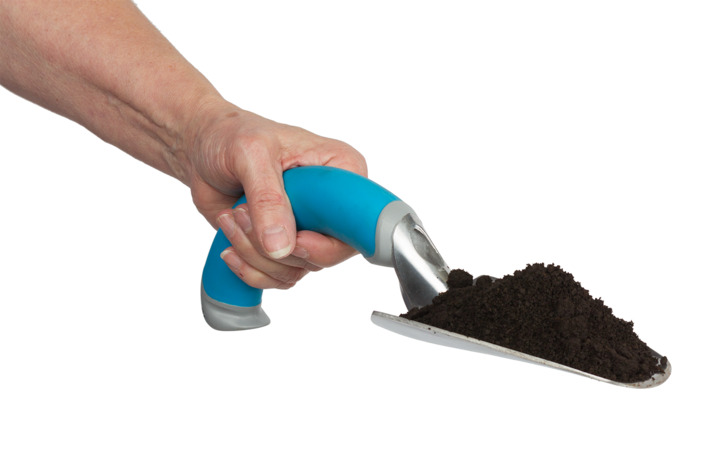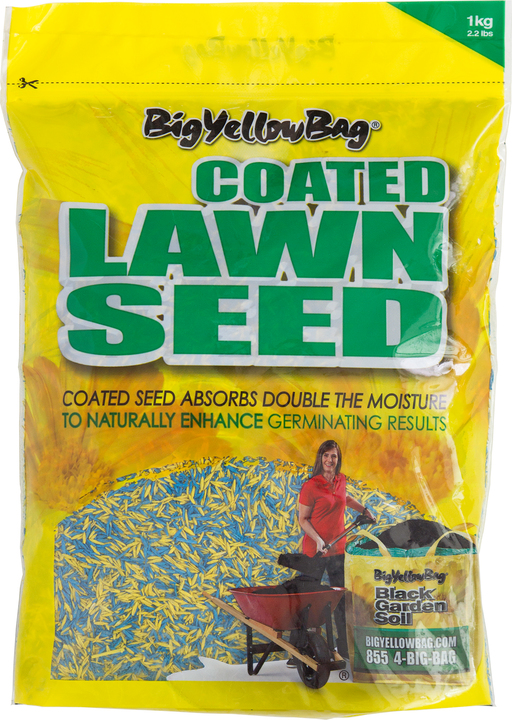The Endless Battle With Weeds
They say that an ounce of prevention is better than a pound of cure. That is certainly true for controlling weeds on your lawn.
One of the easiest and most effective ways to prevent weeds from becoming a problem on your lawn is by making sure your grass is as healthy as possible in the first place.
Your lawn needs to be watered, but don’t overdo it – believe it or not, your grass will actually develop healthier, deeper roots if it has to work a bit for its drink. The best time to water your lawn is in the morning, because it will have the whole day to dry out. Watering during the hottest part of the day is ineffective, and watering in the evening increases your chances of your lawn developing mildew or fungus.
(Please note, though, that new sod requires a lot of watering initially.)
It’s also a good idea to aerate your lawn. You can do this with either a spike aerator or a plug aerator; both are effective in getting oxygen to your lawn’s root system.
Depending on the kind of grass you have, you should either fertilize your lawn in the spring or the fall. If you’re not sure, we can help you figure out which is best. But don’t overdo it! While fertilizer is a useful tool to help the health of your lawn, too much of a good thing can actually damage the turf.
If you have a particularly thin or bare patch in your lawn, it might be a good idea to lay some strips of new sod. Again, you want to make sure you know what you already have; different kinds of grass can have different colours and textures, and you want to make sure you get a nice, uniform look on your lawn.
Another option to help get a thicker, healthier turf is to top dress and over-seed your lawn. BigYellowBag Black Garden Soil is your best option here, because our soil has a perfect balance of nutrients and minerals with an ideal soil texture.
Be sure that when you mow your lawn, you don’t cut it too short, or you will encourage a shallow root base. It’s also a good practice to leave the clippings on the lawn, because they contain water and nutrients.
So what do you do if you still end up with weeds?
The first thing is, don’t let them get out of hand. Pull the weeds when you see them; they are a lot easier to remove when they are still young. Get as much of the roots as possible, and make sure you reseed the spot to prevent weed regrowth.
If you have weeds growing between patio stones or along a walkway, you can pour boiling water on the unwanted plants. Be careful that you don’t burn yourself or get any of the plants you actually want to keep!
You can also spray unwanted plants with a mixture of salt and vinegar. This will work quickly, but only on the top portion of the plants. Again, be careful that you don’t accidentally spray plants that you actually want.
In Ontario, the use of most pesticides and herbicides has been banned. However, residents still have some options available to them, such as Borax, corn gluten meal, soap and sulfur. Be sure to read all instructions carefully and follow the directions closely.


